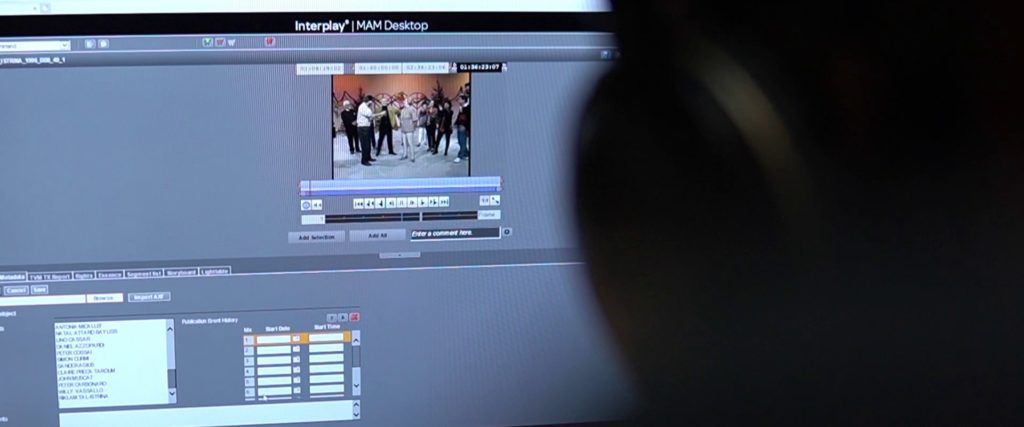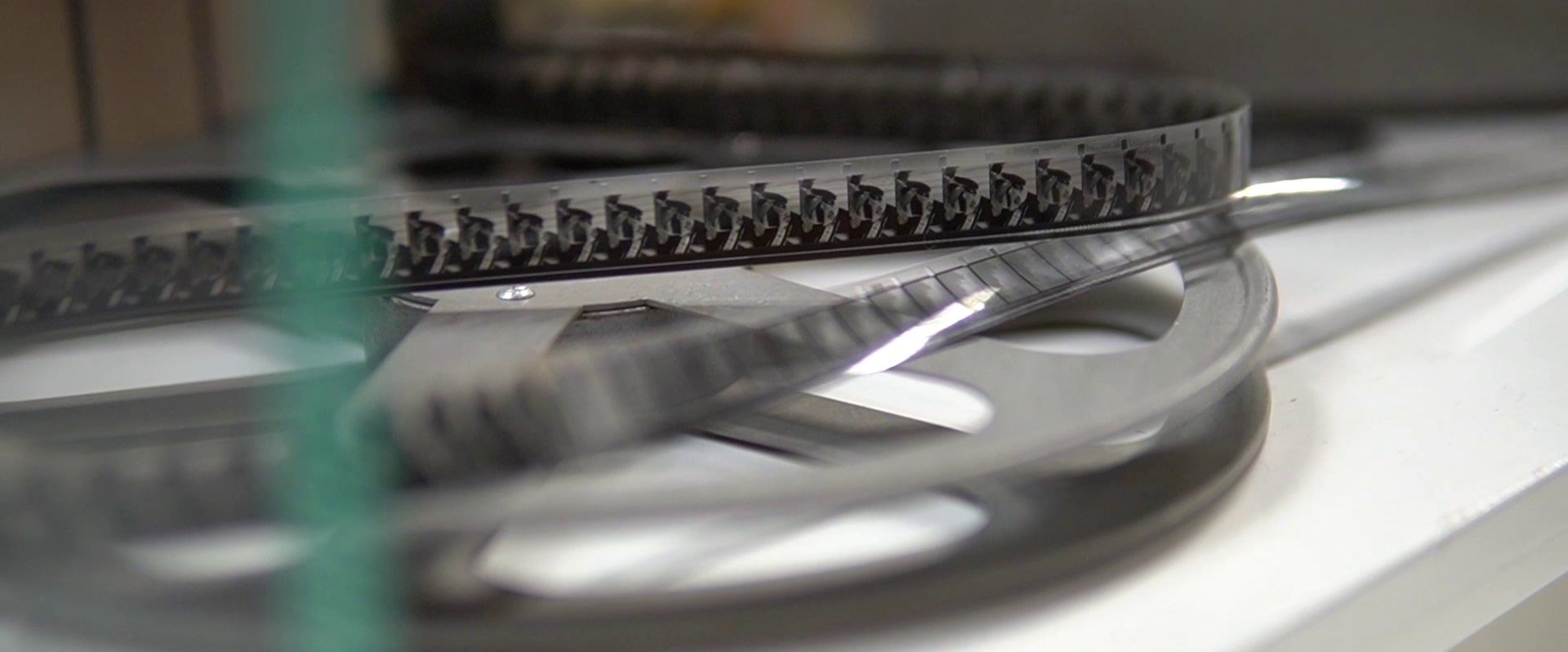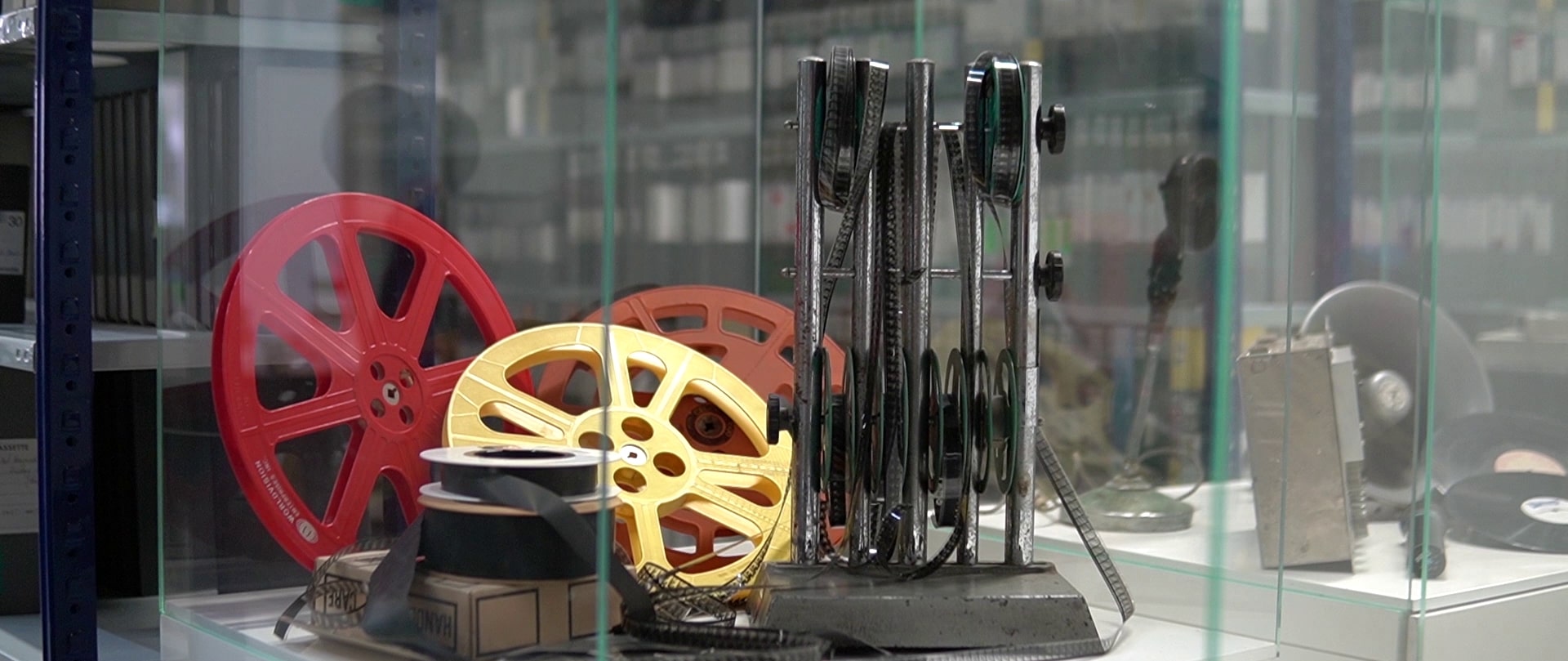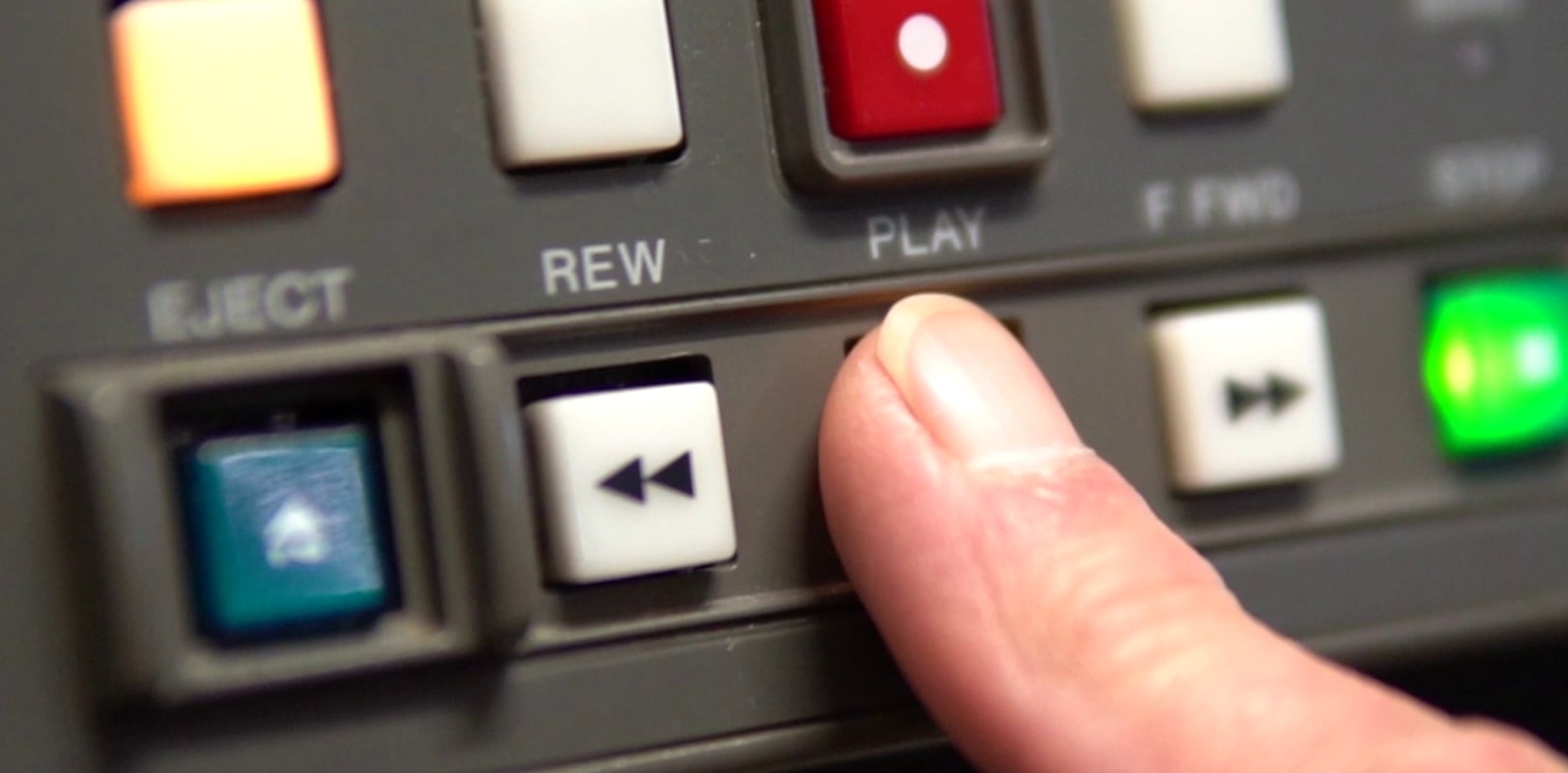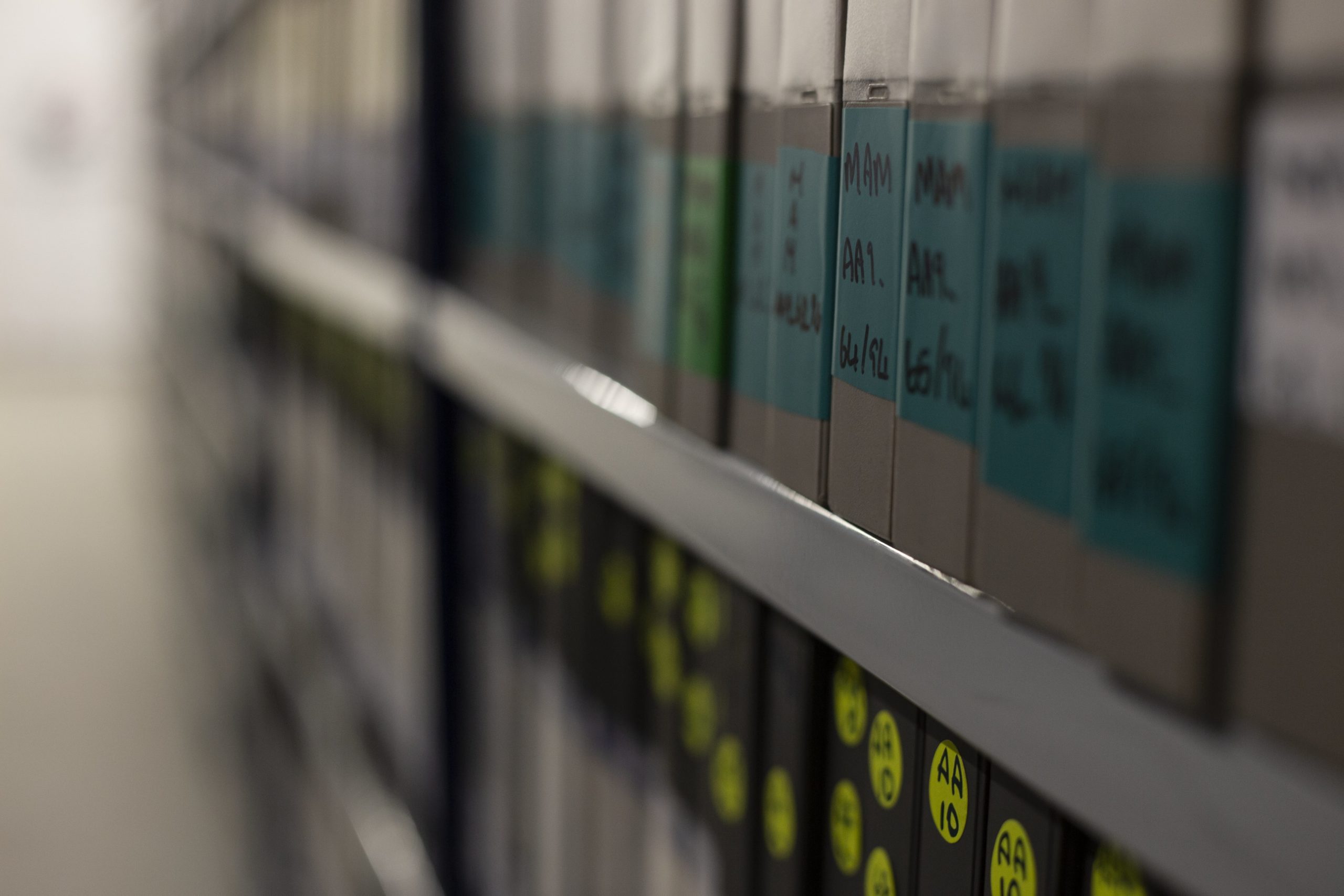Converting archival footage to digital often requires the MAVM team to preserve handwritten notes found alongside physical media by manually inputting them into our electronic system. This is the job of metadata editors, who also analyse digitised footage and make their notes about the people, places, and events captured on film for quicker tagging and retrieval of clips.
The job of a metadata editor comes at the end of the digitisation process, after audiovisual footage stored on physical media has been ingested, edited into short clips, and had its audio corrected.
Metadata editors add background information and tags that provide historical context for each video clip. In some cases, adding details to a clip is straightforward, such as when dealing with footage of national events like Independence Day or Republic Day, but in other instances, metadata editors have to do research to determine the approximate dates and nature of the events in a clip.
Metadata editors not only must have a keen eye to recognise historical clues in the footage, but they also have to possess knowledge of Malta’s history, society, and culture to ensure the accuracy of the information added to each clip. Sometimes, new facts about a clip may emerge later, and editors have to update its metadata to document this information.
The MAVM team includes a diversity of roles working together to make the archives digitisation process a success. In this article, you read about the work of metadata editors, who play an important part in the workflow. You can find out about other team members by checking out these articles about the jobs of ingest operators, video editors, and audio editors.

